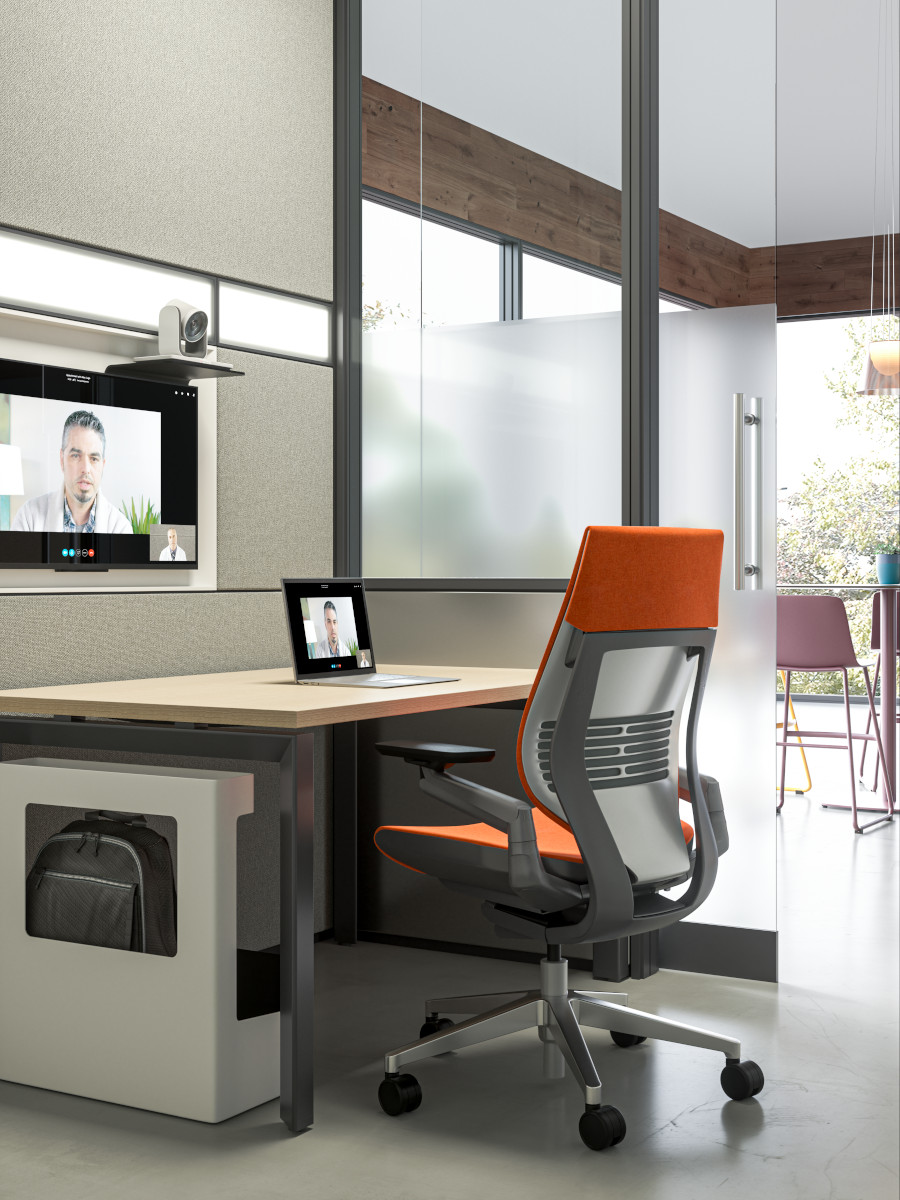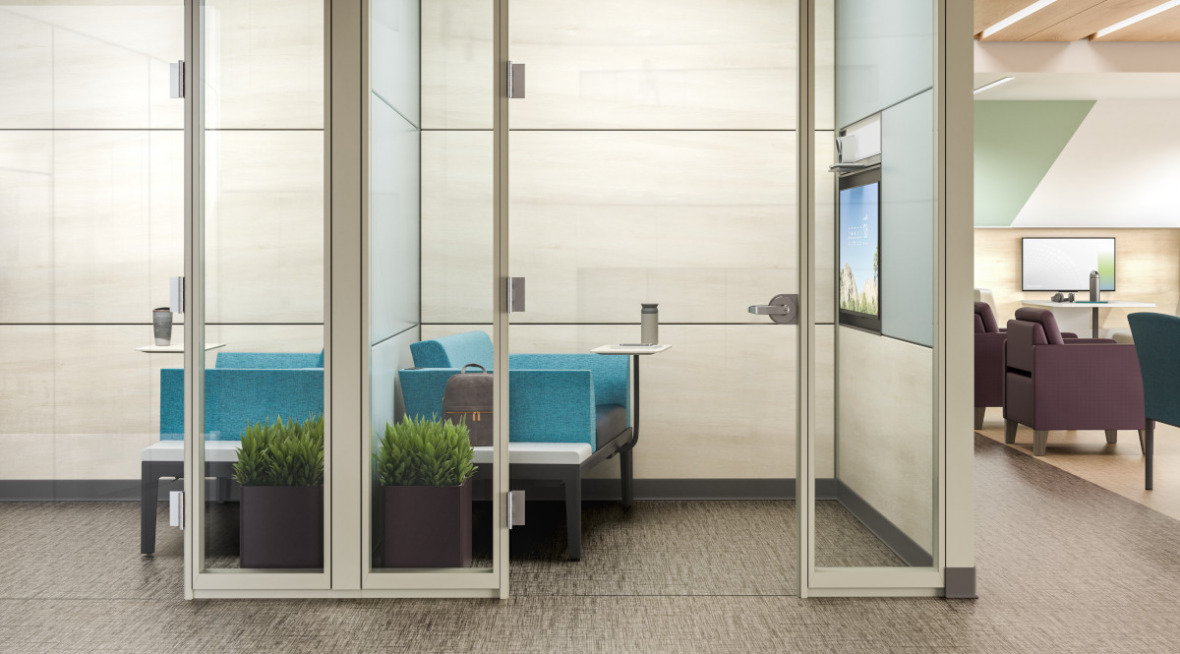The Covid-19 pandemic was a catalyst that led to several changes in our behavior, both subtle and extreme. Curbside pick-up quickly became the standard on items ranging from four-course meals to toothpaste and sunscreen; Zoom coffee dates replaced those that previously happened “IRL” (in real life); and spending five days at the office became a thing of the past as workers made it clear they’d rather ditch the commute and work from anywhere but the office.
Along with these, another big behavioral change ushered in by the pandemic was how we access healthcare. Of course, telehealth existed before March 2020 when the economy shut down in an attempt to thwart the virus. But just one month later in April, the overall telehealth utilization for office visits and outpatient care was 78 times higher than it was in February 2020, according to management consulting firm, McKinsey.
Now, two years on, the proliferation of virtual healthcare is evident, and its use has increased at a rate of 38 times more than that of the pre-Covid era. As the practice matures, so too does the way it is delivered and received, with practitioner and patient experience a top priority.
“Webside Manner”
A healthcare provider’s bedside manner is a crucial part of any doctor/patient interaction, and that’s true for virtual visits, too, even if it may be more difficult to achieve. Practitioners who practice a good “webside manner” think beyond the screen as they conduct video appointments and take several other factors into consideration.
When any patient visits a doctor, they expect that doctor’s attention to be solely on them, and that doesn’t change with telehealth. And while it may be subtle, a healthcare provider’s environment plays a big role in putting their patient at ease – after all, patients are used to sterile settings when visiting the doctor in person, and that expectation still exists. A clean and uncluttered environment, with no piles of papers and charts visible on the screen, is what patients should see with each visit.
Beyond the lack of clutter, a healthcare provider’s background should be void of distracting photos or pictures that may take a patient’s attention away from the conversation at hand. In addition, visible doors or windows may give the perception that anyone can walk in during the appointment which could cause discomfort for the patient.
Finally, lighting and acoustics are just as critical and play an important role in the overall setting and experience, for both the healthcare provider and the patient. It’s critical both parties can see and hear each other clearly.

Patient environments matter too
While it’s a no-brainer that the healthcare provider needs to be cognizant of their environment during these interactions, the patient also has considerations to keep in mind, particularly if they conduct these visits from their workplace rather than from home. Although many companies no longer require their workers come to the office often, if at all, there will always be a subset who prefer not to work remotely, so it’s an issue that needs addressing. They need a safe and comfortable spot in their office for telehealth visits so they no longer have to attend these appointments from the front seat of their cars.
As businesses begin to unveil their Return-to-Office plans, they have begun to think about how they can accommodate a smaller, in-person workforce. Many have reconfigured their office space with more “hotel” options, collaboration rooms and lounging areas for meetings.
As they make these changes, businesses should also think about how they can provide an easy and safe environment for their employees to conduct virtual visits with their doctor (or anyone else, for that matter) without having to leave work. Small, private rooms with doors that lock, shades to cover any windows, good lighting and comfortable furniture, including a desk or table to accommodate a laptop computer, create a more inviting – and much more private – environment than a bathroom stall any day. Plus, it leads to less downtime for the employee because they aren’t spending time traveling to and from the appointment.
Not all doctor’s visits need to happen in person, and virtual health, while not a silver bullet, provides both providers and patients with the ammunition to deliver better experiences for both parties. As telemedicine continues to grow, healthcare systems, patients, and employers need to have standards, tools and the environment in place to ensure the doctor-patient relationship can thrive in a virtual setting, wherever it may be.
If you need help envisioning what that means for you, we can help. Get connected with your local Atmosphere team.

